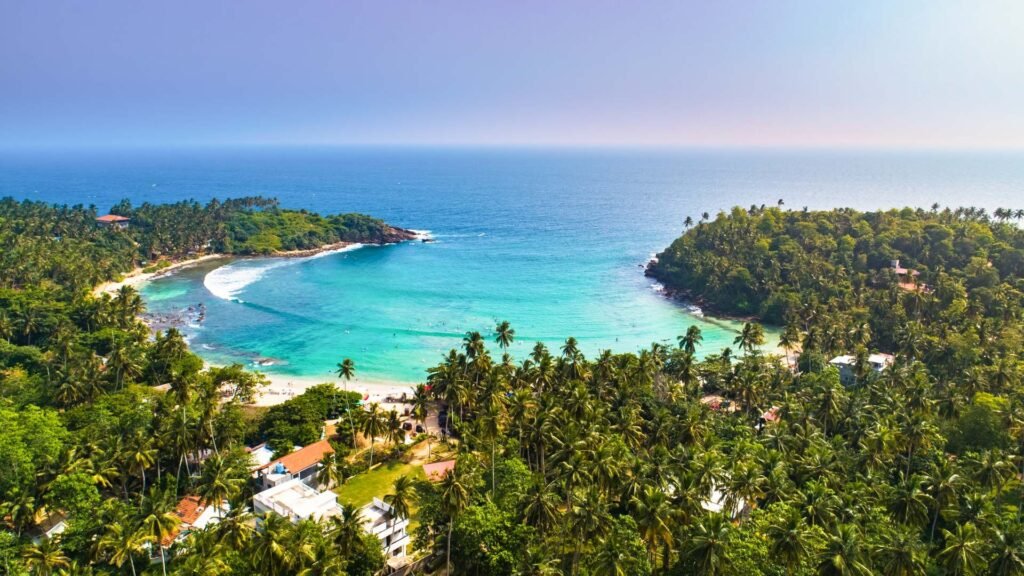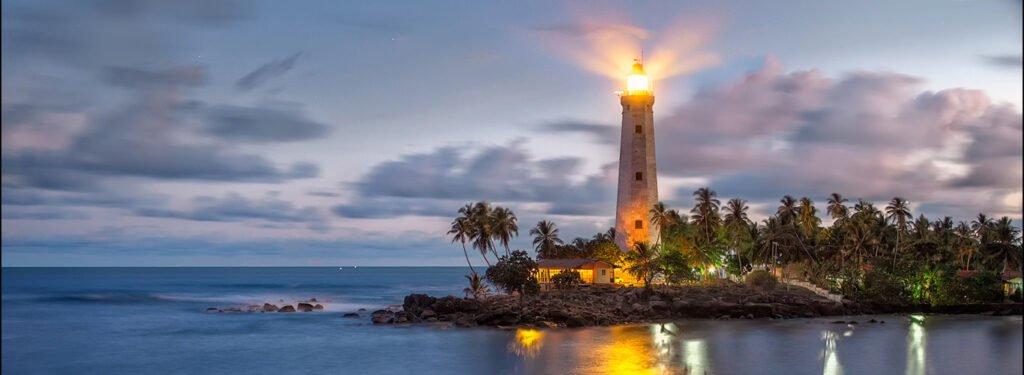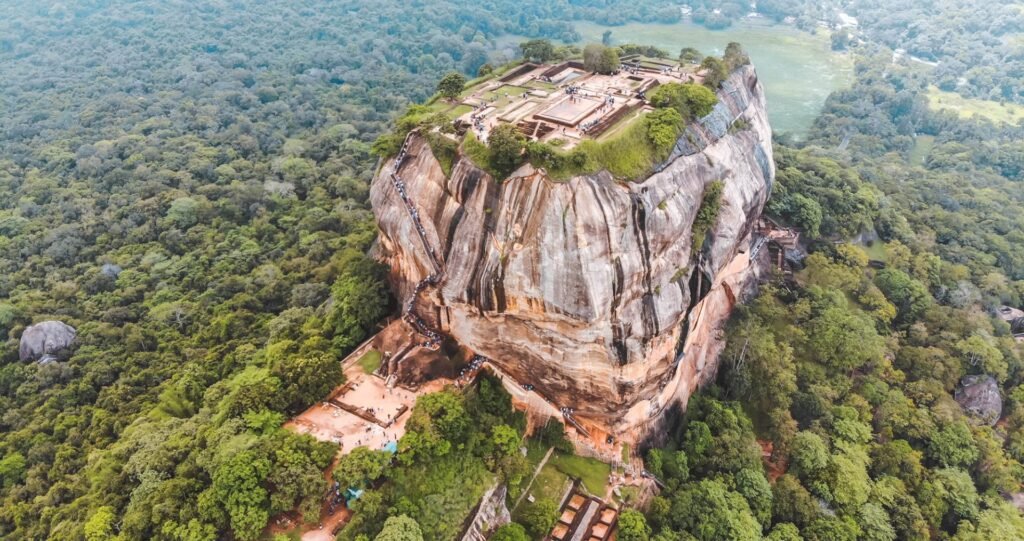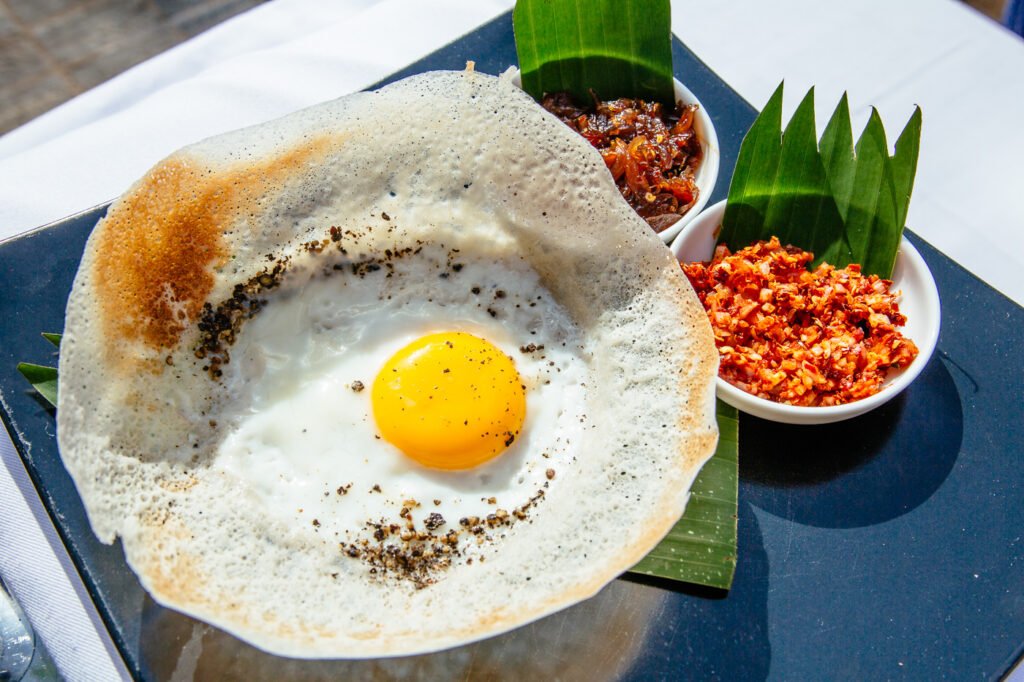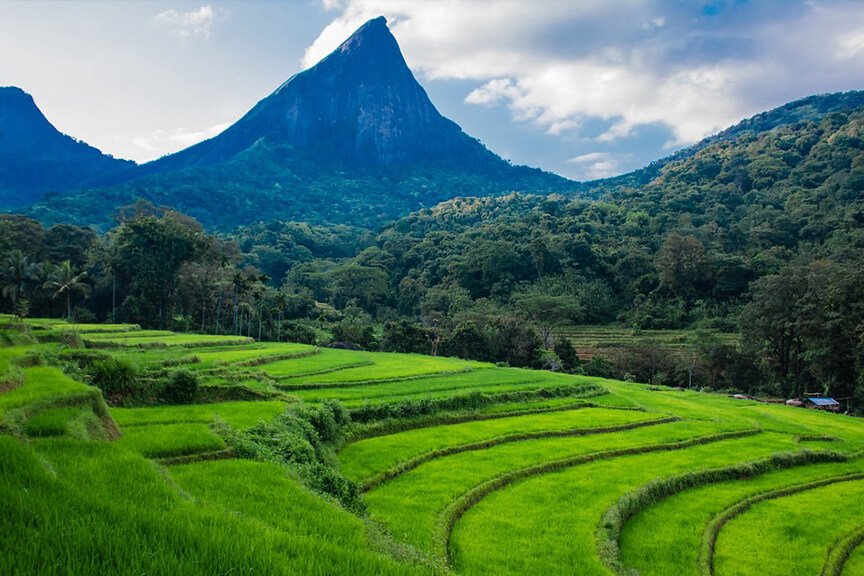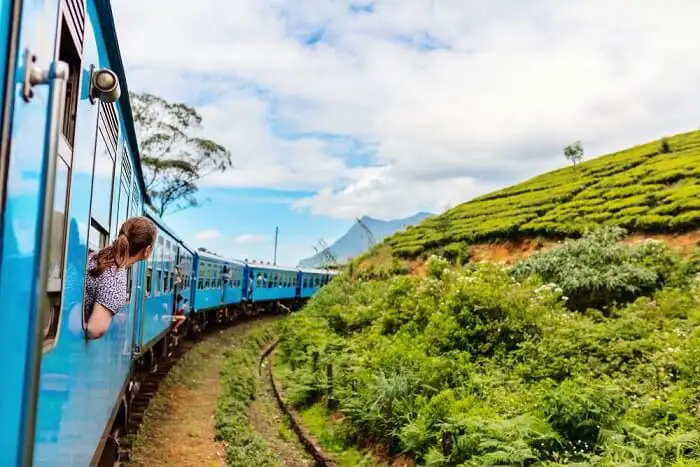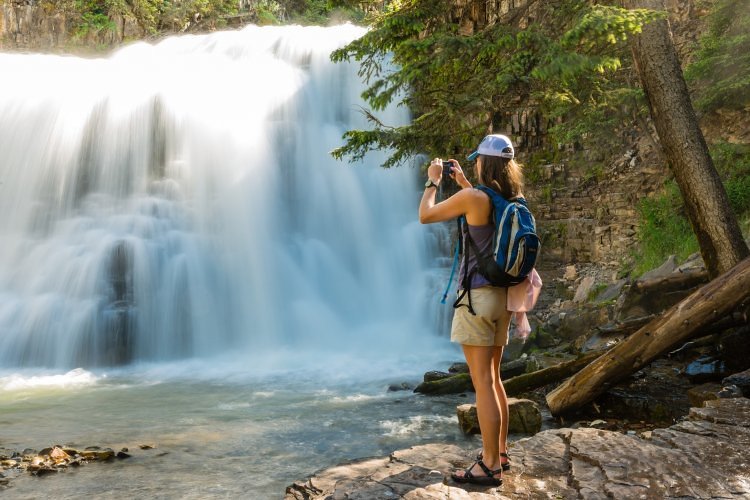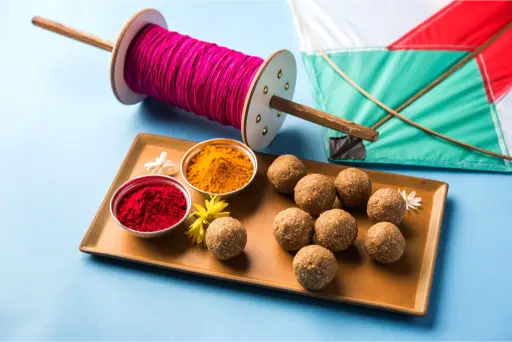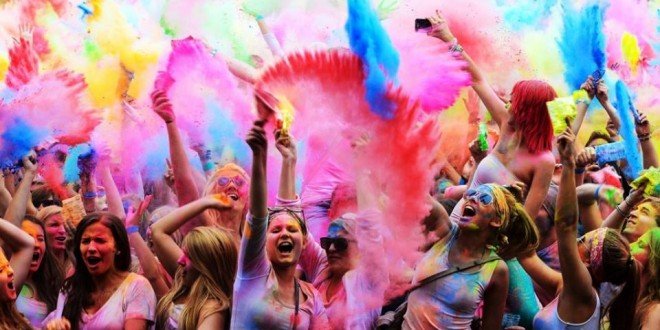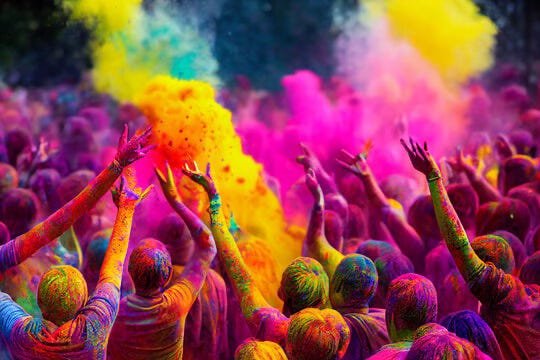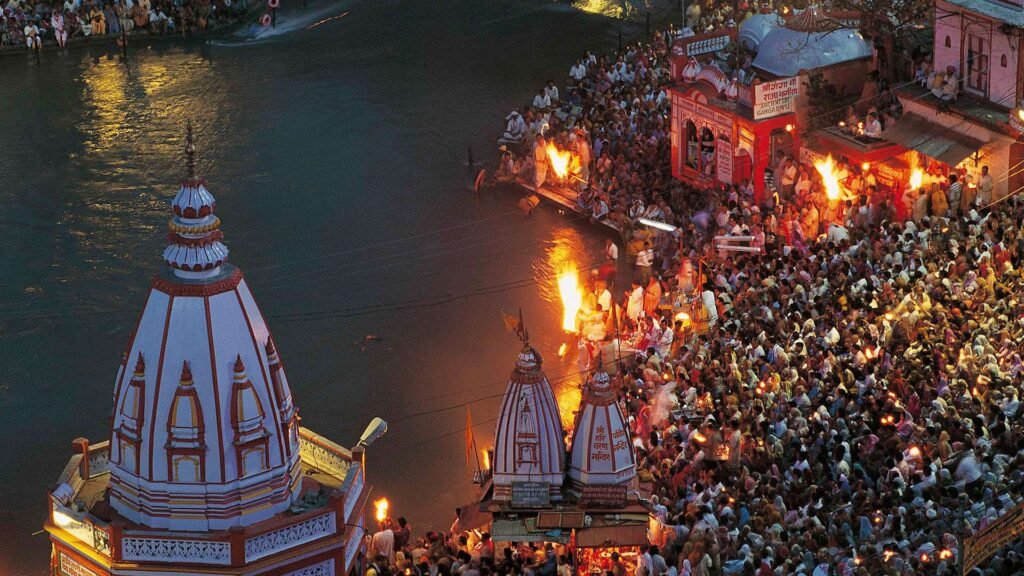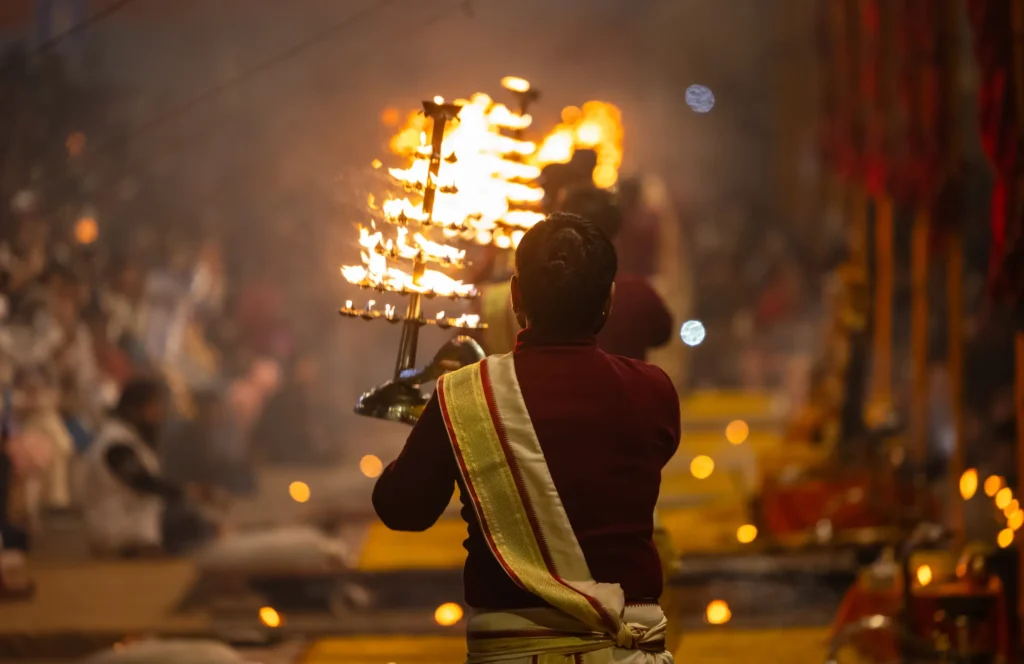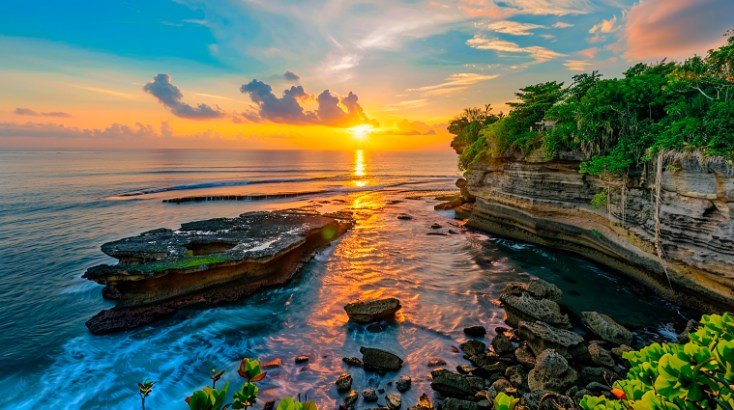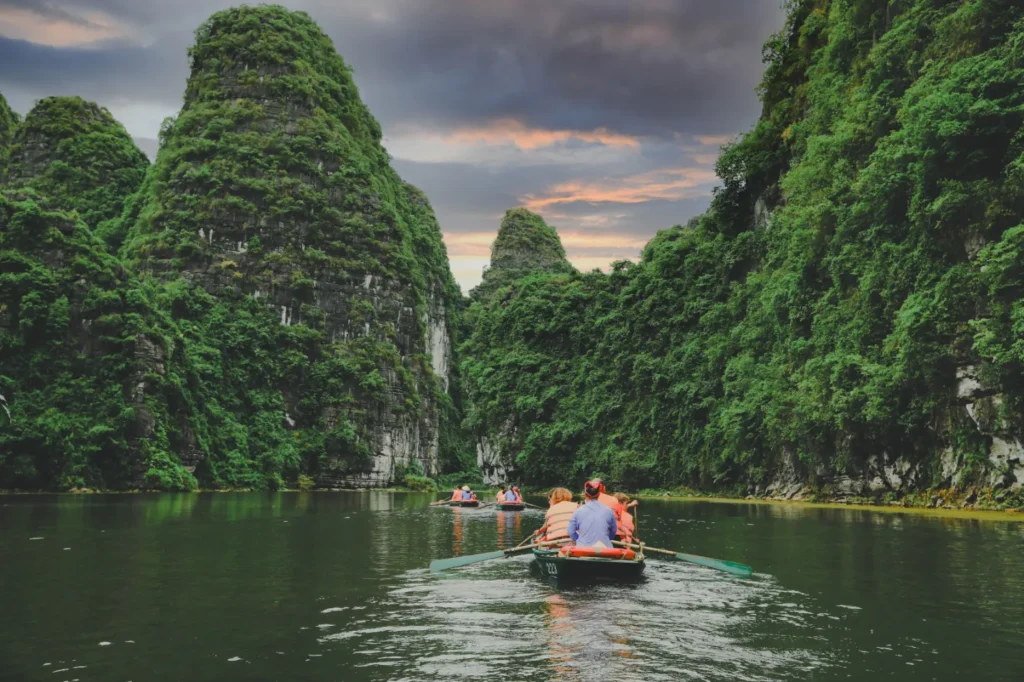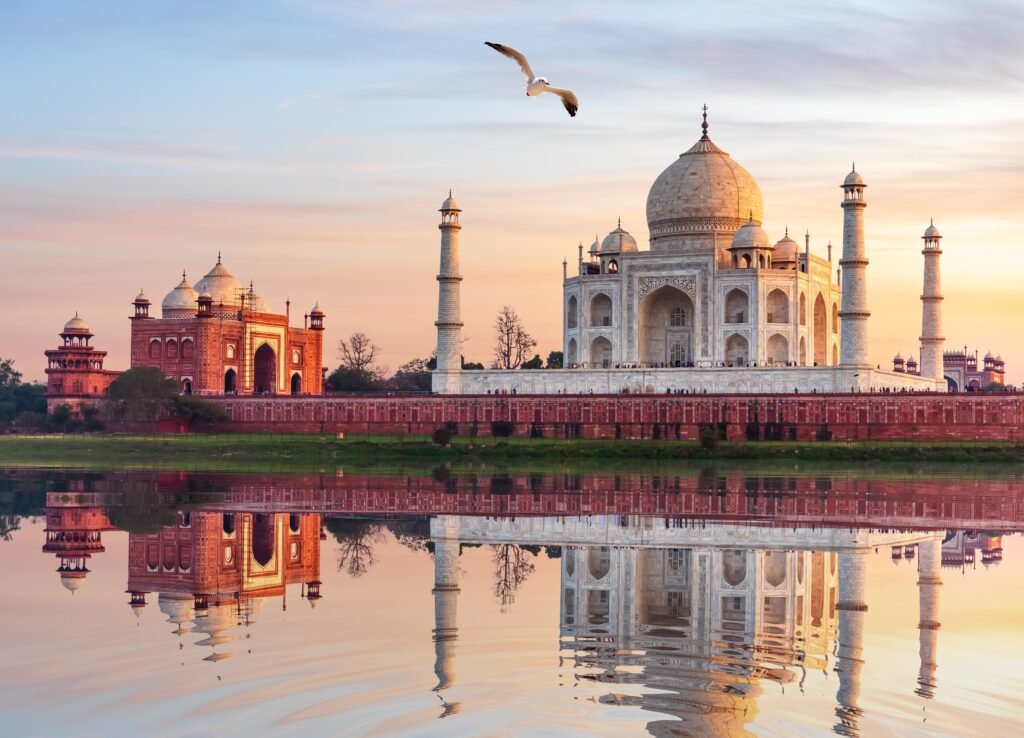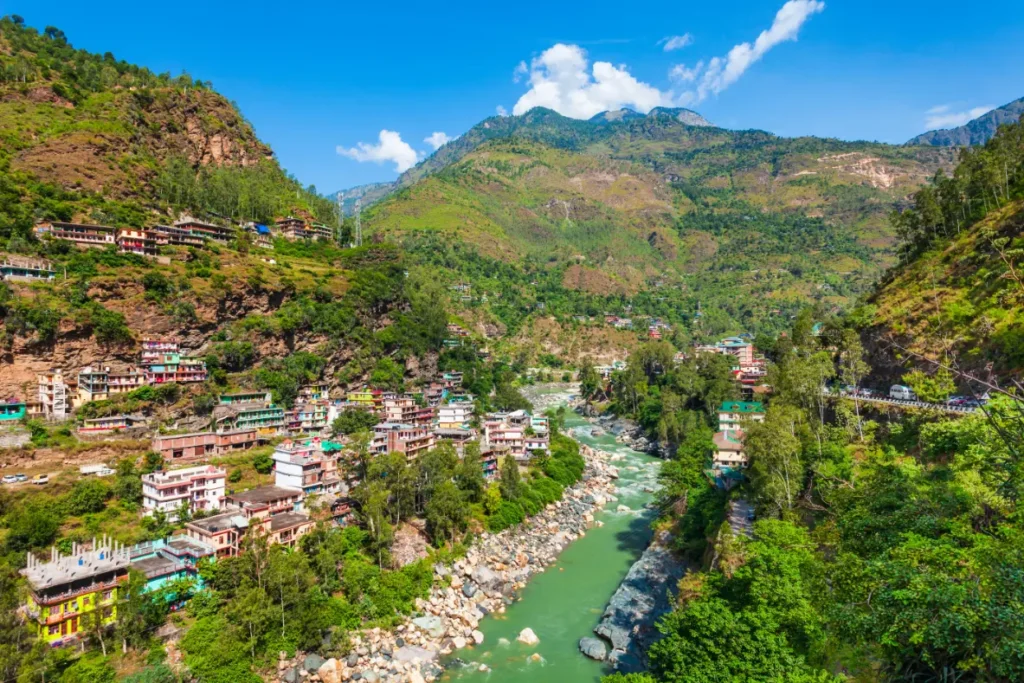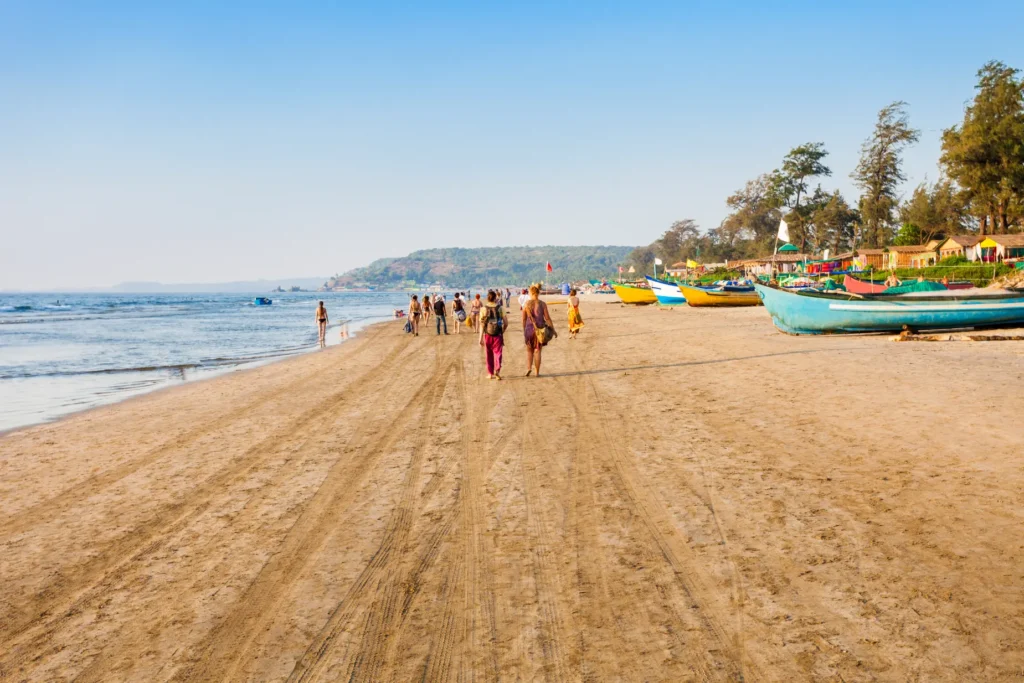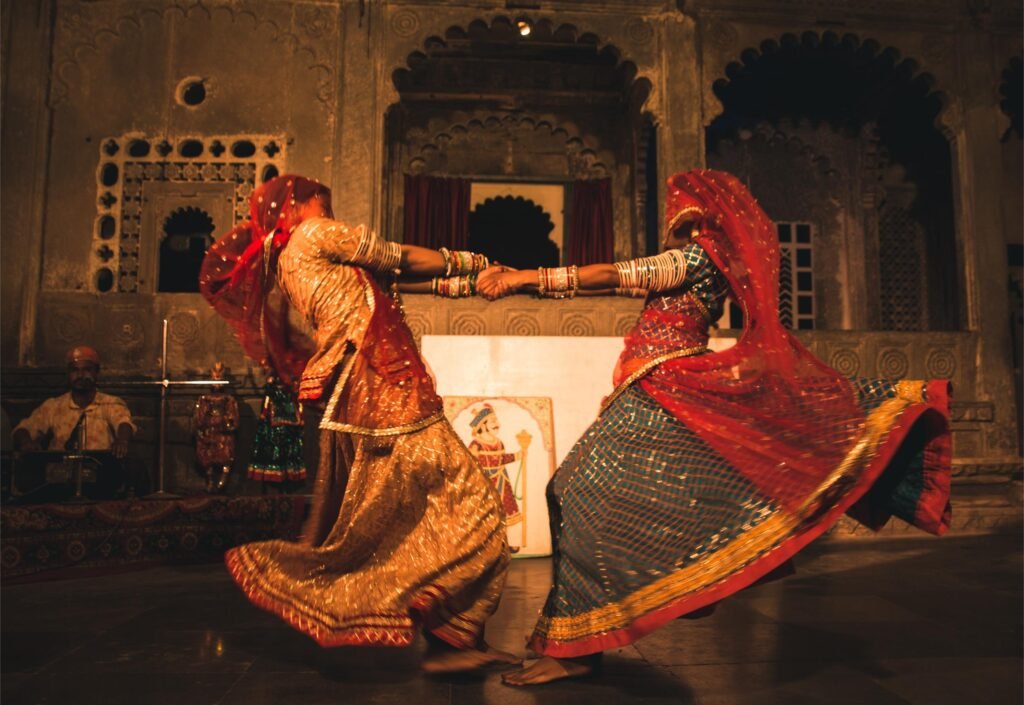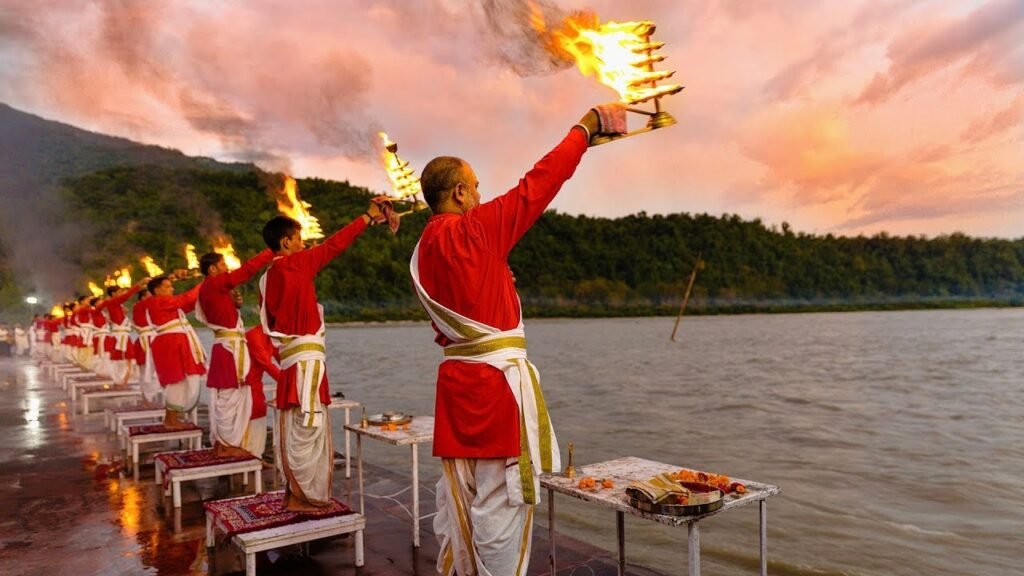
Kumbh Mela, the largest spiritual gathering on Earth, is a grand celebration of faith, devotion, and cultural heritage that has been observed for centuries. This sacred festival, deeply rooted in Hindu mythology and tradition, is held at four sacred locations across India—Prayagraj, Haridwar, Ujjain, and Nashik—each associated with the legendary story of the churning of the cosmic ocean (Samudra Manthan). According to the scriptures, these locations are where drops of the divine nectar (“Amrit”) fell, making them spiritually potent and ideal for purification and liberation.
The Kumbh Mela attracts millions of devotees, ascetics, and tourists worldwide, all seeking spiritual enrichment, blessings, and the divine experience of unity and devotion. Grand processions, vibrant rituals, and an unparalleled spiritual atmosphere mark the festival.
One of the most significant aspects of the Kumbh Mela is the observance of “Shahi Snan,” or the auspicious bathing dates, which hold deep spiritual significance. “Shahi Snan” refers to the Royal Bath, performed by revered Naga Sadhus and saints from different Akharas (monastic orders). These baths take place at specific astrologically determined times when the alignment of celestial bodies, such as Jupiter, the Sun, and the Moon, is believed to bless the rivers with heightened spiritual potency. Devotees believe that taking a dip in the sacred rivers on these auspicious dates cleanses the soul, removes past sins, and paves the path toward moksha (liberation).
The spiritual importance of the Shahi Snan is further emphasized by the participation of the Naga Sadhus, who are known for their intense austerities and renunciation of worldly possessions. Their grand processions, decked with traditional weapons and holy chants, signal the beginning of the Shahi Snan and are a major attraction of the festival.
The Kumbh Mela is not just a religious event but a confluence of spirituality, philosophy, and social interaction. Pilgrims from all walks of life gather to seek spiritual wisdom, participate in rituals, and listen to discourses by renowned spiritual leaders. The energy and devotion during the festival are palpable, creating an environment that is believed to bring individuals closer to the divine and reinforce their faith.
Whether you are a spiritual seeker, a cultural enthusiast, or a curious traveler, experiencing the Kumbh Mela offers a rare opportunity to witness the vibrancy of Indian spirituality and tradition in its purest form.
Importance of Shahi Snan
The Shahi Snan (Royal Bath) is considered the most sacred ritual of Kumbh Mela. It is believed that taking a dip in the holy rivers on these auspicious dates cleanses the soul, removes sins, and leads to moksha (liberation). These dates are determined based on astrological configurations, particularly the positions of Jupiter, the Sun, and the Moon.
History and Mythology of Kumbh Mela
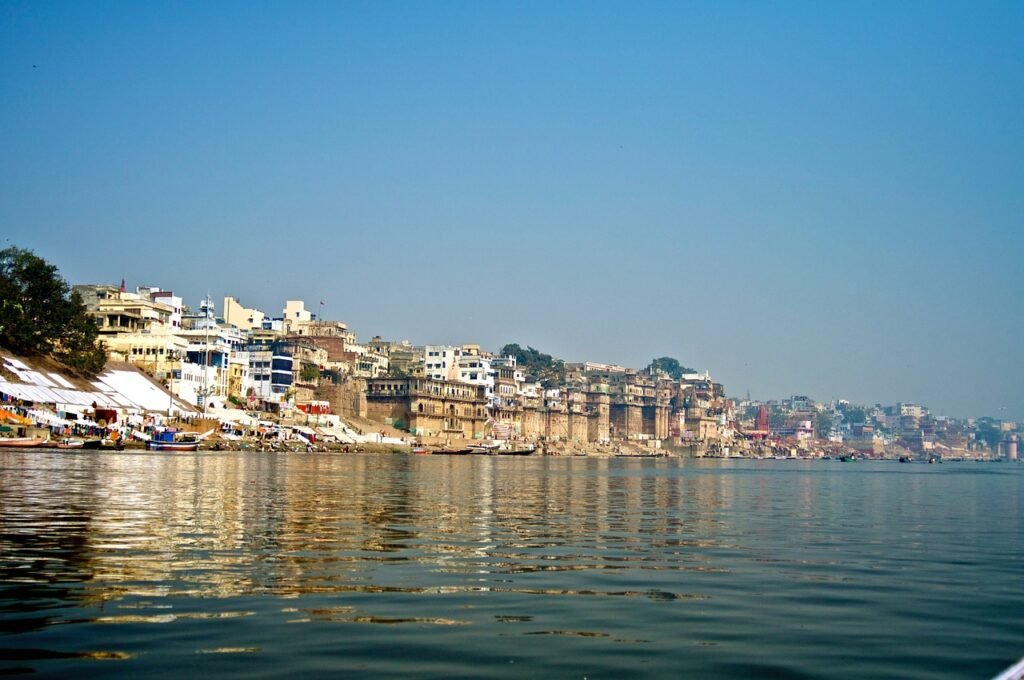
The origin of Kumbh Mela is rooted in Hindu mythology. According to ancient scriptures, the festival marks the legendary battle between gods and demons over the pot of nectar (“Amrit”) that emerged during the churning of the cosmic ocean (Samudra Manthan). Drops of this sacred nectar fell at the four locations where Kumbh Mela is now celebrated.
Rituals Performed During Shahi Snan
On the Shahi Snan dates, various rituals take place, including:
- Procession of Saints: Naga Sadhus and Akharas march in grand processions carrying flags, chanting hymns, and showcasing their ascetic lifestyle.
- Holy Dip: Devotees immerse themselves in the sacred rivers, chanting prayers and seeking divine blessings.
- Aarti and Yagna: Special prayers and fire rituals are conducted to invoke divine energies and blessings.
- Spiritual Discourses: Renowned spiritual leaders and gurus deliver discourses on scriptures and the significance of Kumbh.
Significance of Bathing on Shahi Dates
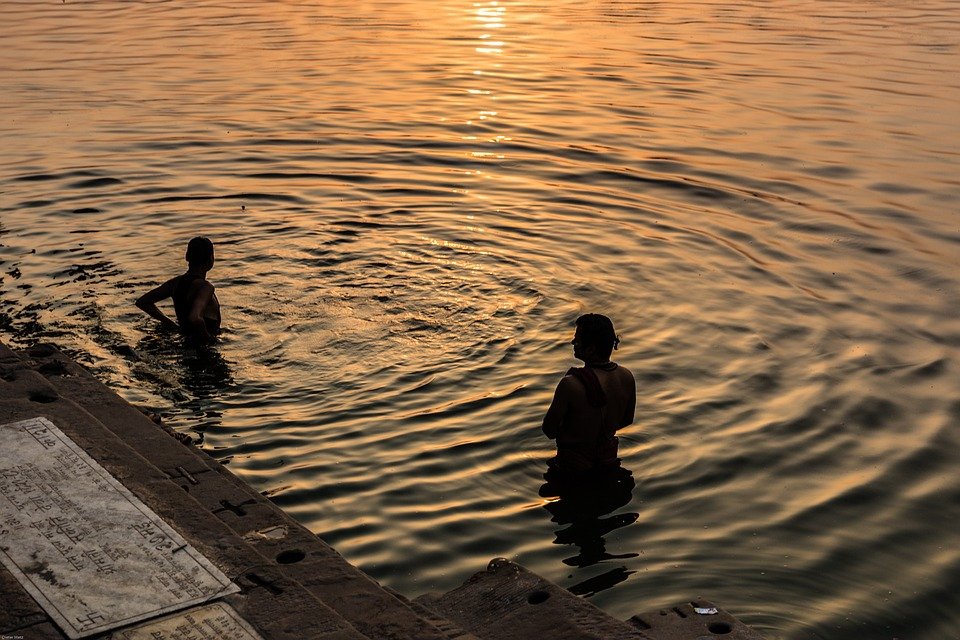
Bathing on Shahi Snan dates is believed to offer:
- Spiritual purification and liberation from past sins.
- Blessings of good health, prosperity, and divine grace.
- A chance to attain salvation by connecting with the divine.
Planning Your Kumbh Mela Trip
Attending the Kumbh Mela requires careful planning to ensure a fulfilling experience.
- Accommodation: Various options include tents, Dharamshala, hotels, and temporary campsites.
- Transportation: Special trains and buses are arranged to facilitate the movement of devotees.
- Safety Measures: Authorities implement crowd control measures and provide medical aid.
- Essentials to Carry: Pilgrims should pack warm clothing, comfortable footwear, and essential medicines.
Tips for Pilgrims Attending Kumbh Mela
If you are planning to attend the Kumbh Mela and participate in the Shahi Snan, here are a few tips to ensure a smooth spiritual journey:
- Plan your trip in advance and book accommodations early due to the large influx of devotees.
- Stay hydrated and maintain hygiene amidst the crowd.
- Follow safety guidelines provided by the local administration.
- Respect the spiritual ambiance and participate in rituals with devotion.
Conclusion
The Shahi Snan dates of Kumbh Mela hold immense spiritual importance and are the highlights of the festival. Whether you are a seeker of spiritual enlightenment or a cultural enthusiast, experiencing Kumbh Mela on these auspicious days is a once-in-a-lifetime opportunity to witness the grandeur of India’s spiritual heritage. Prepare yourself for a transformative journey and immerse in the divine essence of Kumbh Mela 2025!
Plan your spiritual journey to Prayagraj, 2025.














